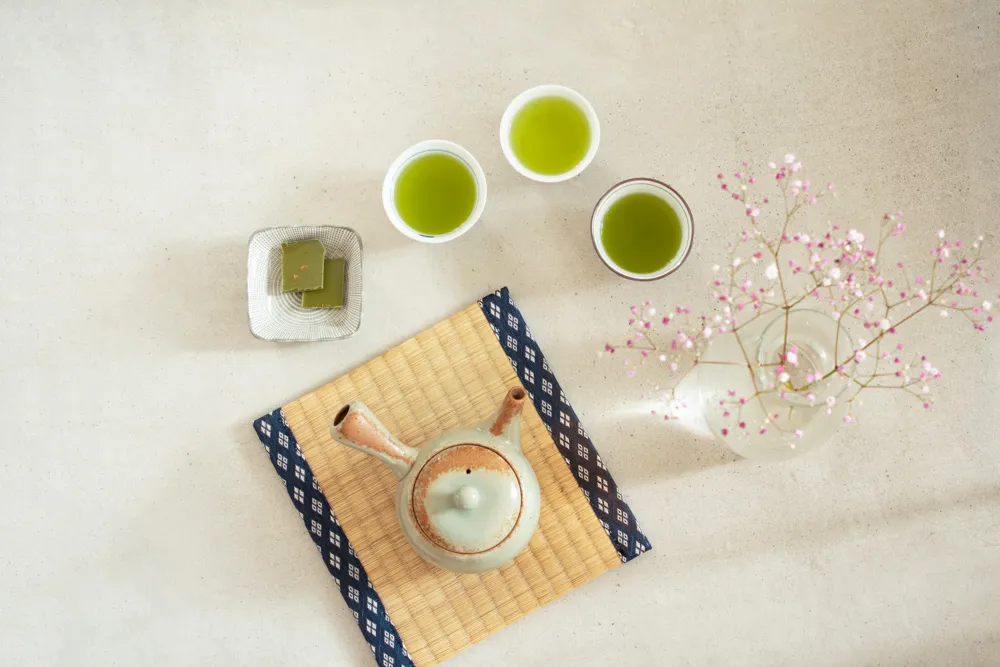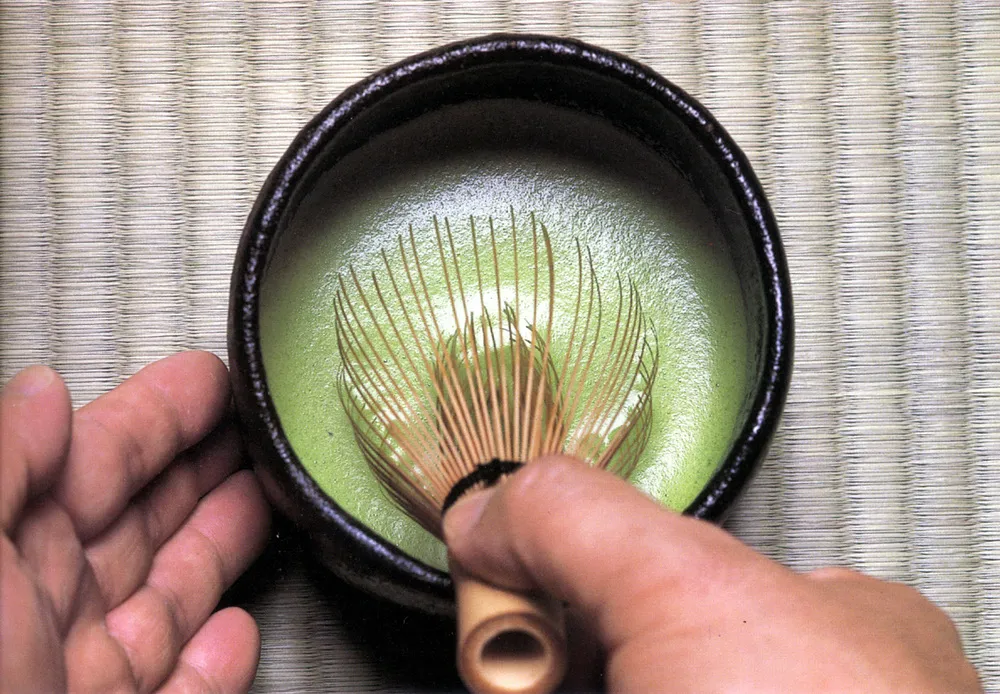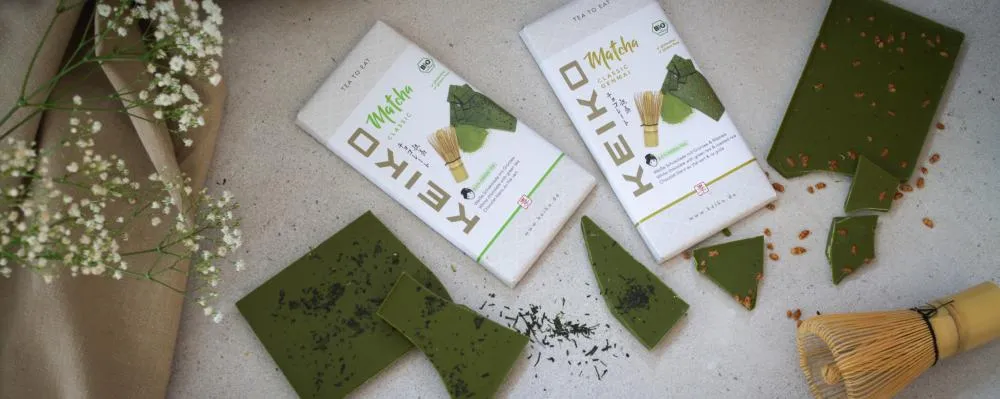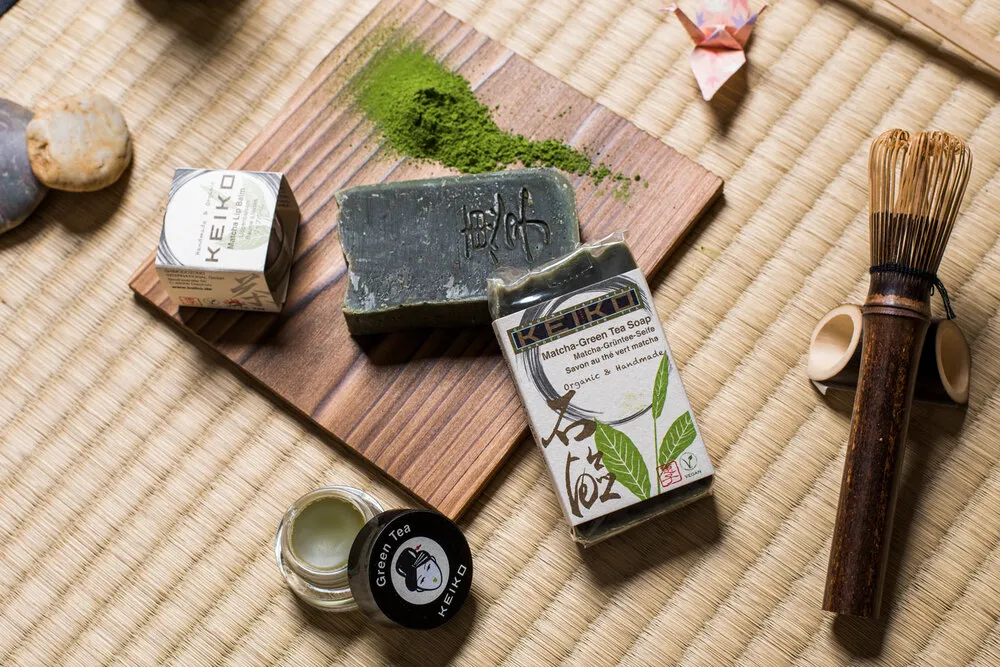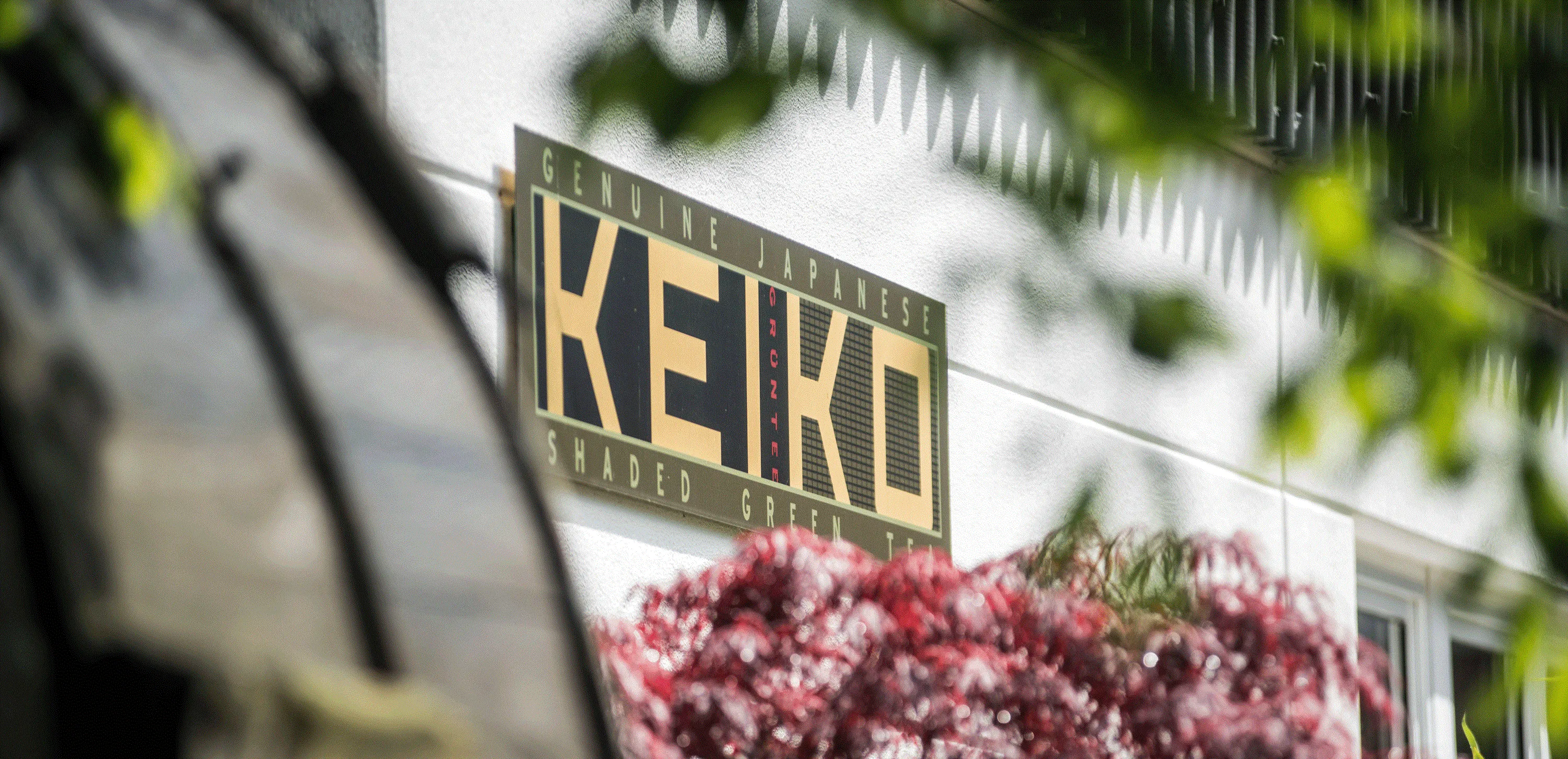Banko-yaki
The banko-yaki tradition in Yokkaichi (Mie Prefecture, near Nagoya) dates back about 300 years.
The early products are called ko-banko (古萬古). Originally, white or yellow clay was used, but when white clay became scarce, people switched to the regionally available purple clay for which Banko-Yaki is known today.
The clay is called "purple clay" or Japanese shudei (紫泥) because of the high iron content in the clay, which gives the ceramics a characteristic brown-reddish to purple color.
Banko is fired in a reduction kiln. Very little oxygen enters the kiln during this process, and the atmosphere is low in oxygen and filled with carbon monoxide. The clay is reduced because there is no oxygen. In the reduction kiln, the minerals, especially the iron in the clay, turn blue.
After the baking process, when the fired teapot is exposed to the atmosphere, the surface of the teapot oxidizes. The oxidized iron has a reddish color which, when combined with the blue, results in the purple color.Firing at very high temperatures makes the clay more porous, and no earthy flavor remains when the tea is brewed.
In addition, the surface area is dramatically increased, which accelerates the interaction between water and minerals in the clay.

